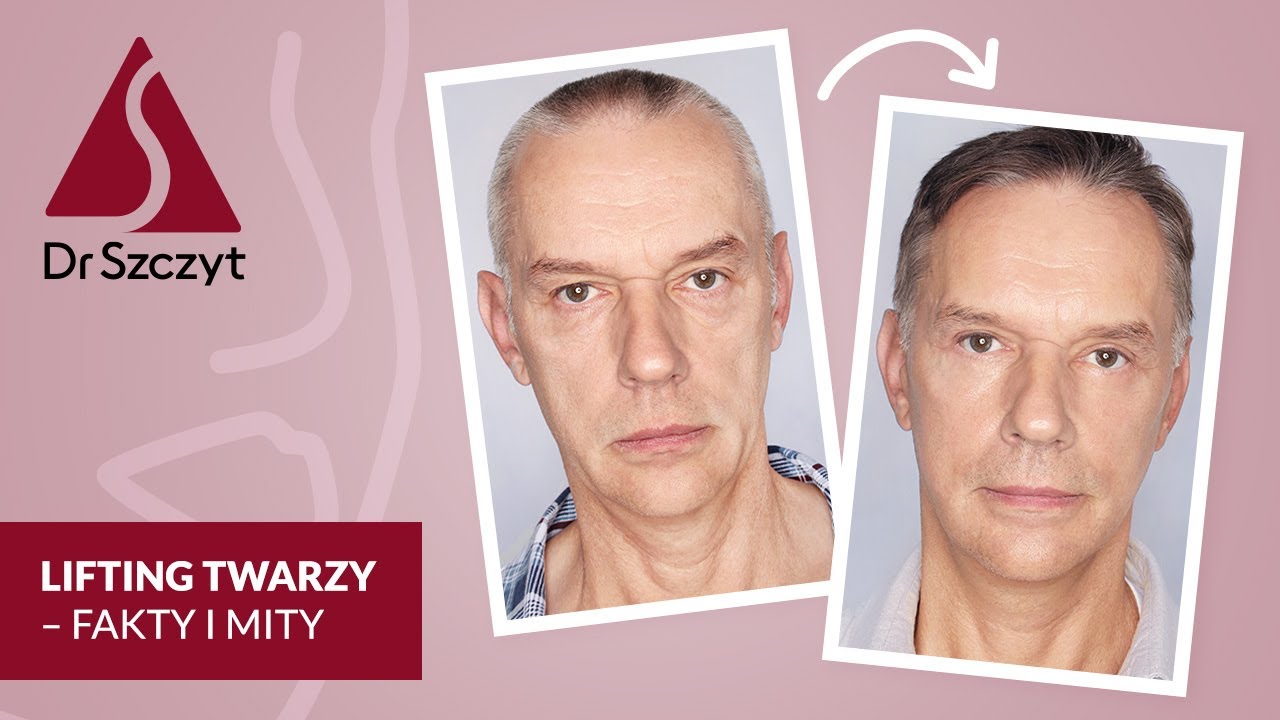Facial volumetry - what does it consist of and what results does it give?

As we age, facial features undergo gradual changes. Subcutaneous fatty tissue disappears, especially around the cheekbones, temples and mid-cheek area. Fortunately, there are treatments that can restore the proper harmony of the features and model the cheeks and chin. One of them is facial volumetry. What does it consist of and what results does it give?
Facial volumetry - what is it?
Aging is a physiological process that cannot be stopped. Although it starts much earlier, the first signs can be seen around the age of 40. Collagen and elastin fibers lose elasticity, the skin becomes weaker and the first structural wrinkles appear.
Around the 50th birthday, when the body's hormones decline, the skin begins to lose its density and also becomes dry and flabby. The connections between the dermis and epidermis weaken. At the same time, the volume of subcutaneous fatty tissue decreases. As a result, the face loses its soft oval. The skin no longer has adequate support, causing the features to sharpen.
- With age, eyebrows droop, giving the face a worried expression.
- The skin around the eyes wrinkles and folds.
- Under the influence of gravity, the cheeks droop, and a nasolabial furrow can be seen on both sides of the face.
- The tip of the nose is also sagging.
- The lips become less prominent and the corners of the mouth droop.
- The skin on the chin becomes loose and sagging.
All this makes both women and men want to improve their appearance by alleviating the signs of aging. The answer to restoring a youthful appearance is facial volumetry (also known as volumetric reconstruction or volumetric reconstruction), which helps to achieve the desired oval, as well as improve the condition of the skin.
Volumetric procedures are those in which a soft tissue filler is administered to augment or add volume to specific areas of the face. Facial volumetry is most often performed using hyaluronic acid (an example of such a procedure is a soft facelift) or the patient's own fat. The procedure is performed without the use of a scalpel, takes much less time than traditional surgery, and is almost painless and does not require a lengthy recovery.
What does facial volumetry provide?
Facial volumetry allows for modeling:
- facial contours,
- lip contour,
- deep wrinkles,
- furrows,
- Cheek area and lower face.
The effects of the treatment are very good. The face gains a younger appearance, and the firmness of the skin is also improved. Facial volumetry:
- Smooths facial features,
- highlights the cheekbones,
- improves jawline,
- Models the chin and cheeks,
- allows you to get the correct facial proportions,
- corrects the valley of tears,
- Improves skin tone and density.
How does facial volumetrics proceed? First of all, it is necessary to meet with a doctor, who will carefully assess the proportions of the face. Contraindications to the volumetric procedure are inflammation of the skin (acne, herpes), uncontrolled diabetes, pregnancy and breastfeeding, autoimmune diseases (during the active period of the disease) and allergy to hyaluronic acid.
During the procedure, a cannula is inserted deep into the subcutaneous tissue or under the muscles, in the immediate vicinity of the bones, through which the hyaluronic acid preparation can be precisely administered. The doctor then gently massages the skin to evenly distribute the filler. The full procedure takes about 20-30 minutes.
The procedure is almost painless for many patients, but to alleviate discomfort, lidocaine cream is applied to the treatment area, which acts as an anesthetic. Only a slight spreading may be felt. Up to 2-3 days after the procedure, mild redness and swelling may persist at the injection sites.
The change in facial features can be seen almost immediately, but you have to wait several days for full results (this is the time for hyaluronic acid to bind water and integrate with surrounding tissues). Slight swelling and bruising may occur.
How long does the effect last after facial volumetrics?
The effects of the volumetric procedure last, depending on the preparation used, from 12 to 24 months. However, this time is shortened by an unhealthy lifestyle, especially smoking and excessive tanning.
Facial volumetry with fat
Another way to smooth facial features is to transplant one's own fat (known as lipotransfer). During the procedure, fat is taken from a selected part of the body, which then undergoes a preparation process (including centrifugation) and only then is it transplanted into the facial area. The procedure is performed under local anesthesia. It lasts about 1.5 hours and requires several days of convalescence.
No special preparation is needed for facial volumetrics. The only thing that is not recommended is to take aspirin and medications that reduce blood clotting a week before the scheduled procedure. The procedure is an alternative to volumetrics using hyaluronic acid. Sometimes, however, it needs to be corrected, as some of the transplanted fat disappears.
Facial volumetry - for whom?
Facial volumetrics will be suitable for anyone who wants to maintain a young and radiant appearance. Both men and women opt for the procedure. It is especially recommended for those struggling with sunken cheekbones and drooping cheeks. It is also suitable for heavily marked wrinkles and sagging skin. It is also not uncommon for people with anatomical defects, including noticeable asymmetry in the facial structure or uneven lips, to opt for the procedure.
What do we gain from facial volumetrics?
Facial volumetry performed by a specialist is a chance to preserve or restore a youthful appearance. Thanks to the procedure, the need for plastic surgery can be postponed. It is worth remembering that volumetry does not change individual features.
FAQ
What does a facial volumetry procedure provide?
With facial volumetry, a younger appearance is regained and skin firmness is improved. The treatment smooths out features, contours the chin and cheeks, emphasizes cheekbones, and achieves correct facial proportions.
How long do the results last after facial volumetrics?
The effects of the volumetric procedure last, depending on the preparation used, from one to two years. However, this is quite individual, influenced by lifestyle, among other factors.
How does volumetrics change the face?
Volumetrics changes the face subtly, though noticeably. It makes it brighter, more radiant and gives it a younger appearance. Individual facial features, however, remain unchanged.
What does facial modeling provide?
Facial contouring achieves a more youthful appearance and firmer, more supple skin without the use of a scalpel. The main goal of the procedure is to even out the jawline, fill in the valley of tears and the zygomatic area, and highlight the cheekbones and chin.



.jpg)

%20-%20Q%26A%20z%20dr.%20Markiem%20Szczytem.avif)









